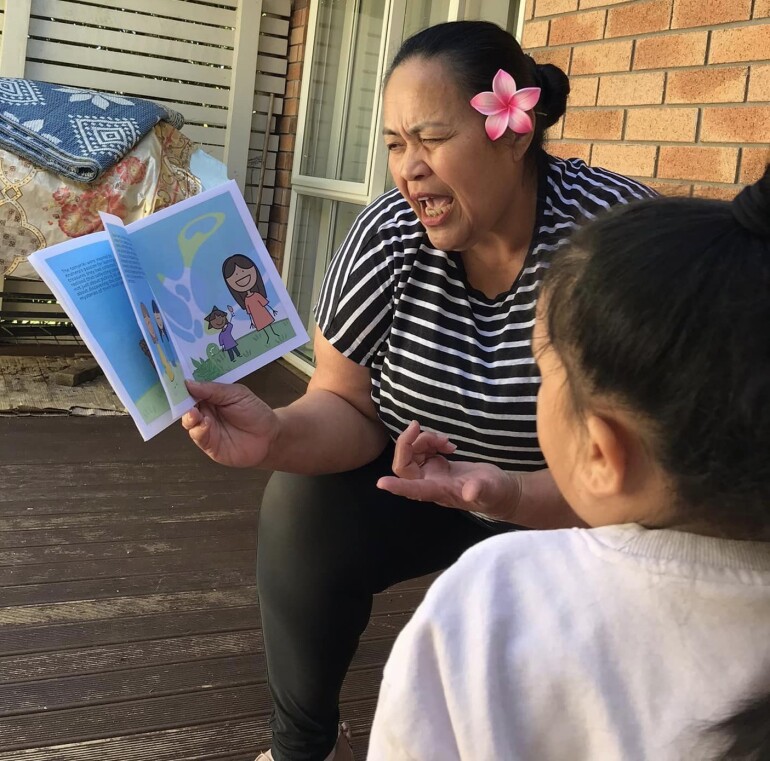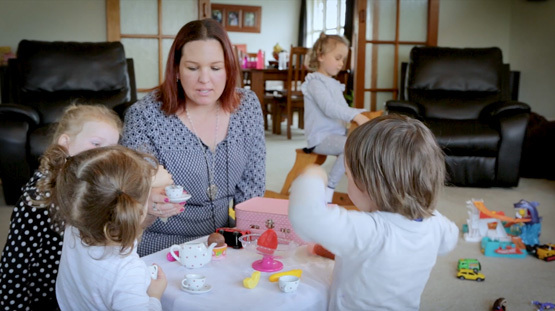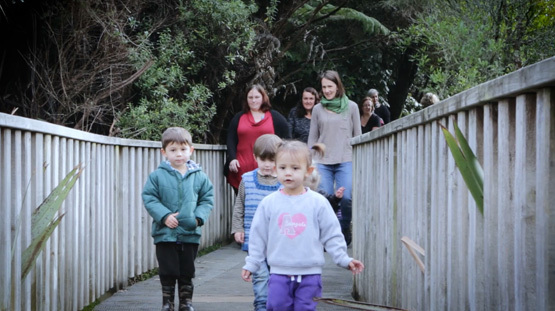News And Events

Shining a Spotlight on Oral Language
12 February 2025What is oral language?
In our early childhood curriculum, Te Whāriki, oral language encompasses any method of communication the child uses as a first language.
This includes New Zealand Sign Language and, for children who are non-verbal, alternative and augmentative communication (AAC) technology and devices to replace or augment verbal communication (Te Whāriki, p. 25).
Speech: The words, rhythm, and intonation of sentences are made up from speech sounds.
Language: The term 'language' includes New Zealand Sign Language.
Oral language is made up of receptive (understanding) and expressive language and can be broken down into:
- words – labels for people, objects, actions, concepts, and the beginnings or endings to those labels that show how many or when
- sentences – putting words together into a statement or question
- stories – putting sentences together into a causal chain of events with a beginning, middle, and ending.
Tamariki need to hear rich language and connect it to real world experiences in order to first understand and then to speak (or sign).
Why is language important?
One of the major tasks for children in the early years is to develop competence in and understanding of language.
Oral language is essential for:
- communication – oral language helps children share with others what they feel and think and understand how others feel and think
- learning – oral language helps children learn about other people and the world
- wellbeing – oral language helps children manage their emotions and their behaviour
- identity and belonging – oral language connects children to their culture
- literacy and educational achievement – “Reading and writing float on a sea of talk”. This means that oral language in early childhood is the foundation for literacy learning and achievement in school and kura.
source: https://tewhariki.tahurangi.education.govt.nz/understanding-oral-language/5637169435.p
Coming up on our next blog . . . read about storytelling and tips for reading interactively with children!


